Returning to Cedar Breaks National Monument
Some national park units are worth revisiting, multiple times. We certainly feel this way about Cedar Breaks National Monument in Utah. Even though we’ve been there already a couple of times (see our blog), there were still new things to see and do when we visited there this past month.
The “break” itself, with its colorful cliffs and unique formations of hoodoos never fails to amaze. Especially when the clouds hover below the rim. We were fortunate to visit when there were thunderstorms all around. We didn’t get wet, but the skies were certainly picturesque.
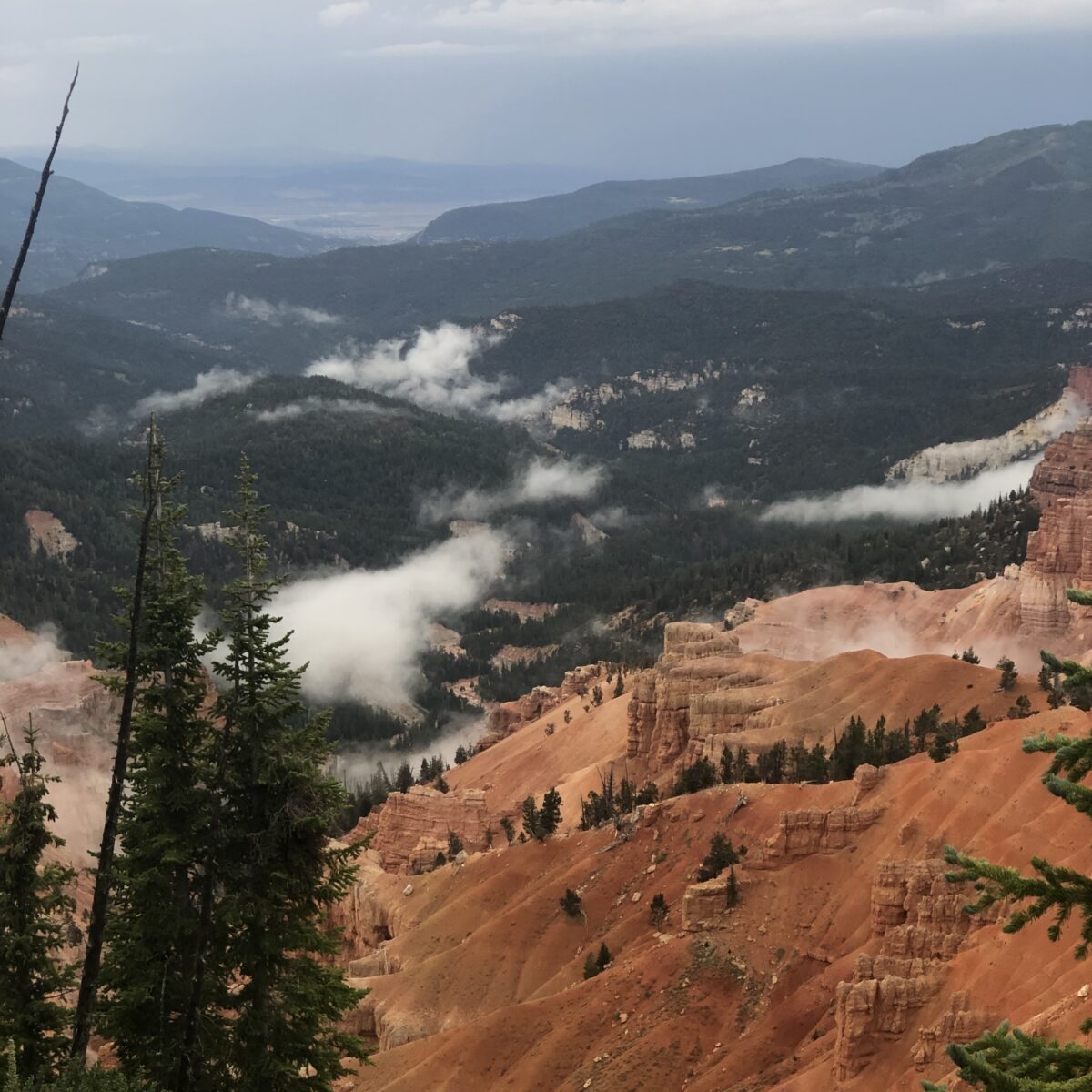
We also got to really experience the wildflowers this time. In the month of July there are wildflowers everywhere, in all colors of the rainbow – fields of Sunflowers, Indian Paintbrush, Aspen Bluebells, Sneezeweed and Colorado Columbine. The high elevation and marshy meadows of Cedar Breaks provide the perfect environment. You don’t have to be an expert in wildflowers; there were signs with the name of each one right on the trail to Sunset Point.
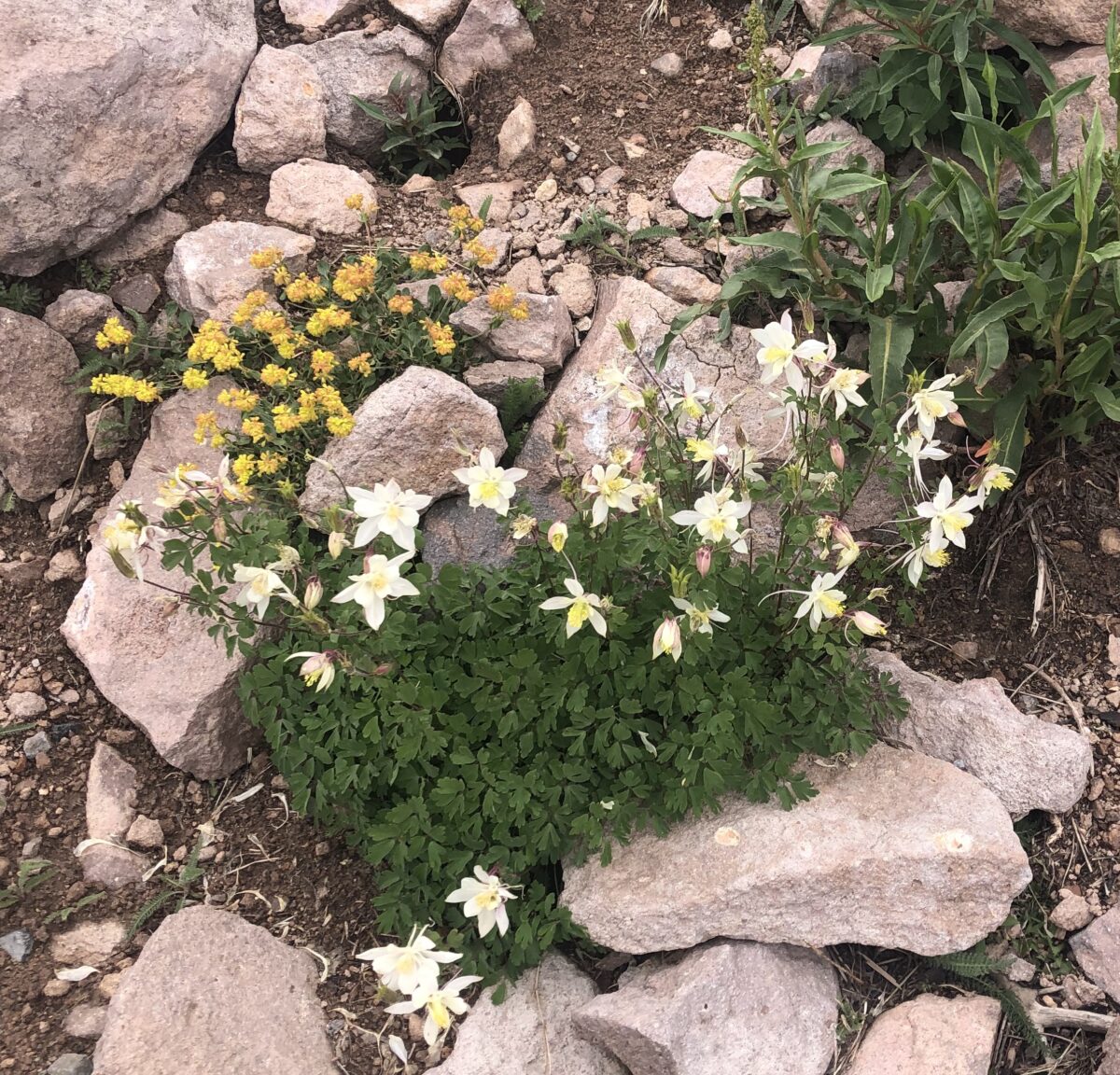
The ranger said that one of the most unique flowering plants in Cedar Breaks is Elkweed. These plants don’t always flower; in fact, they may only flower once in their 20-80 year life, then they die.
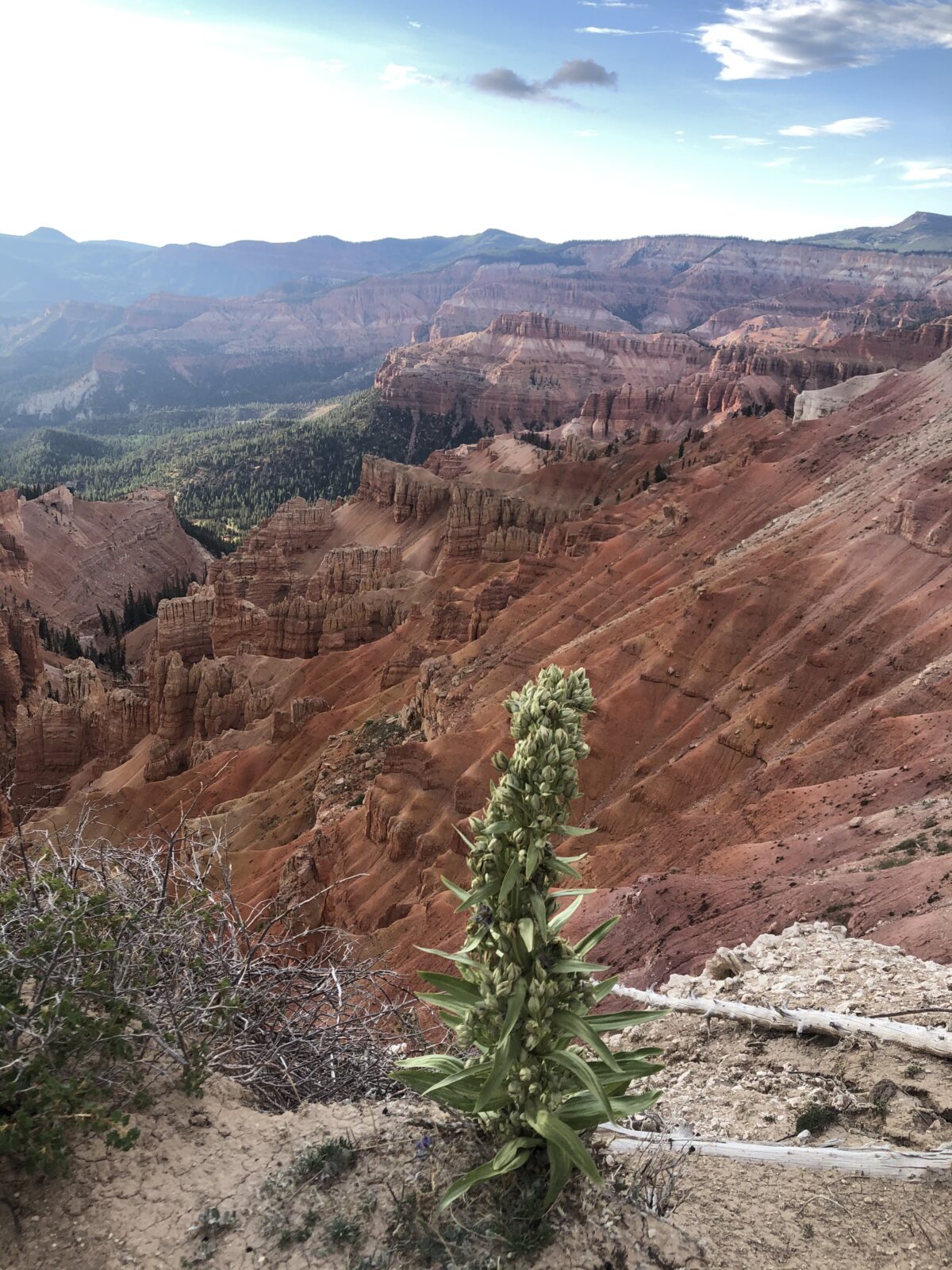
Camping at Cedar Breaks National Monument
One of our favorite campgrounds is at Cedar Breaks, looking out over the meadows.
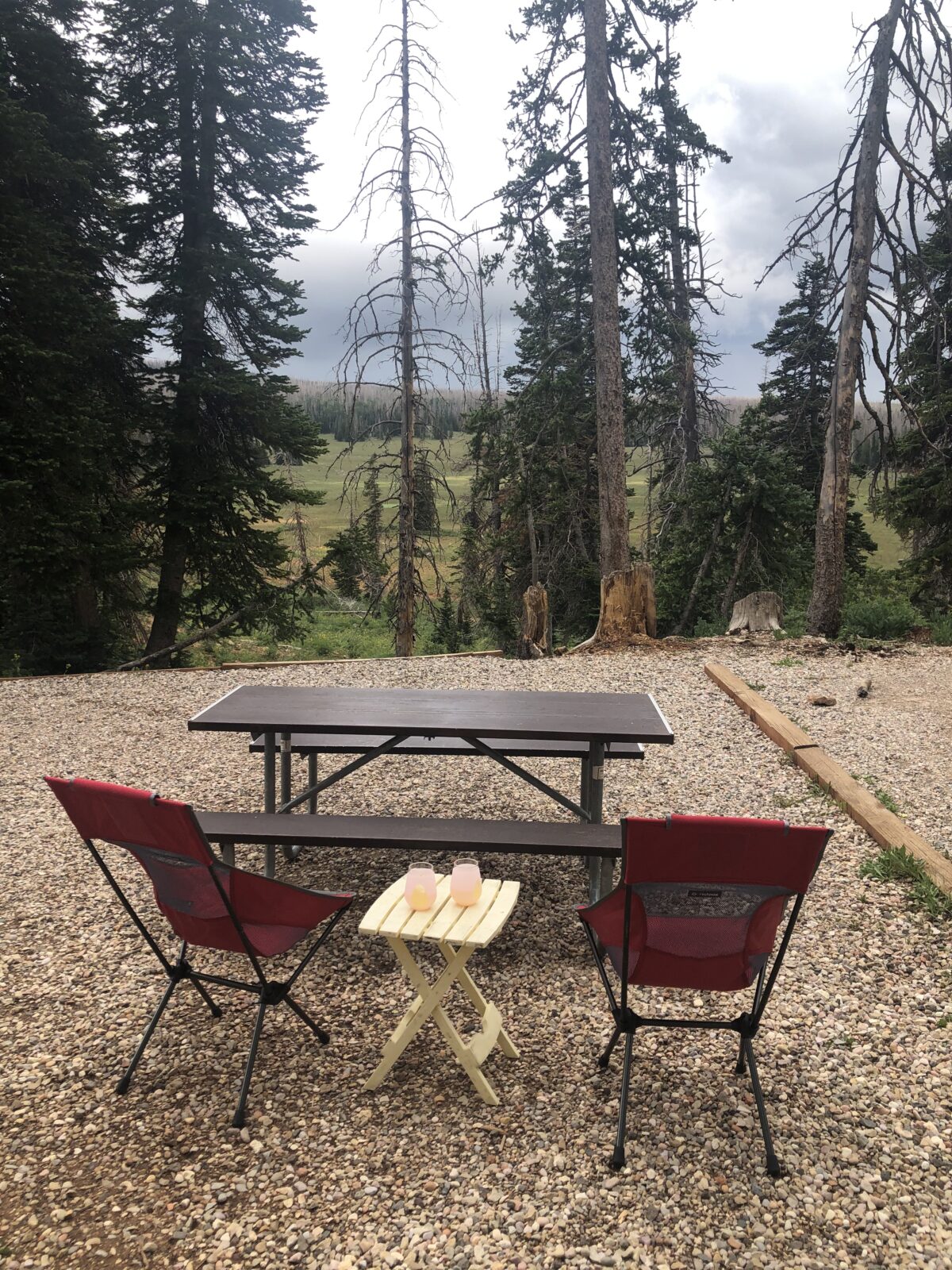
You can walk the paved trail from the campground in either direction to enjoy the flowers and watch the deer grazing. It’s just a short walk to the visitor center (right now being rebuilt) and the south rim trail. We walked there one evening near sunset and there wasn’t anyone else on the trail. We went as far as Spectra Point and not only were we rewarded with great views of the amphitheater, we saw some deer and a bunch of marmots.
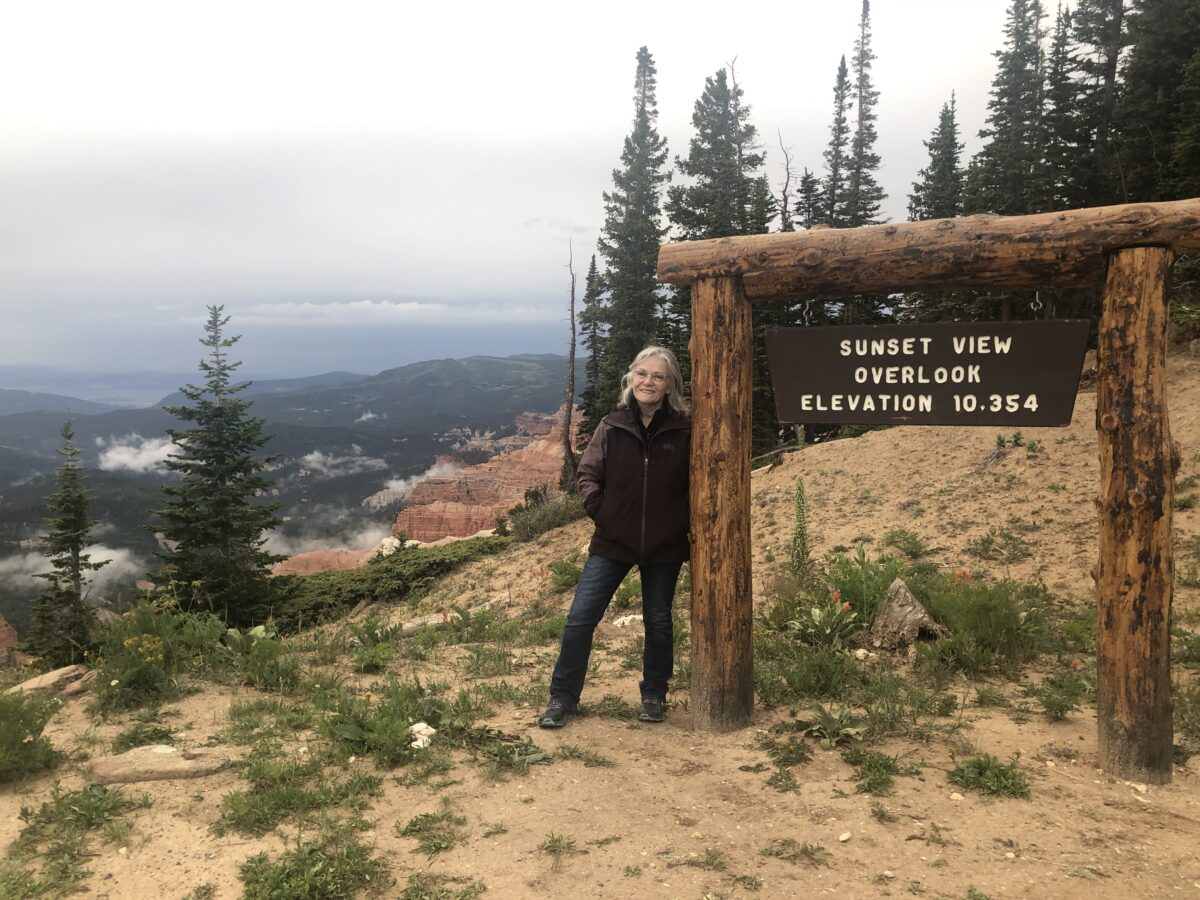
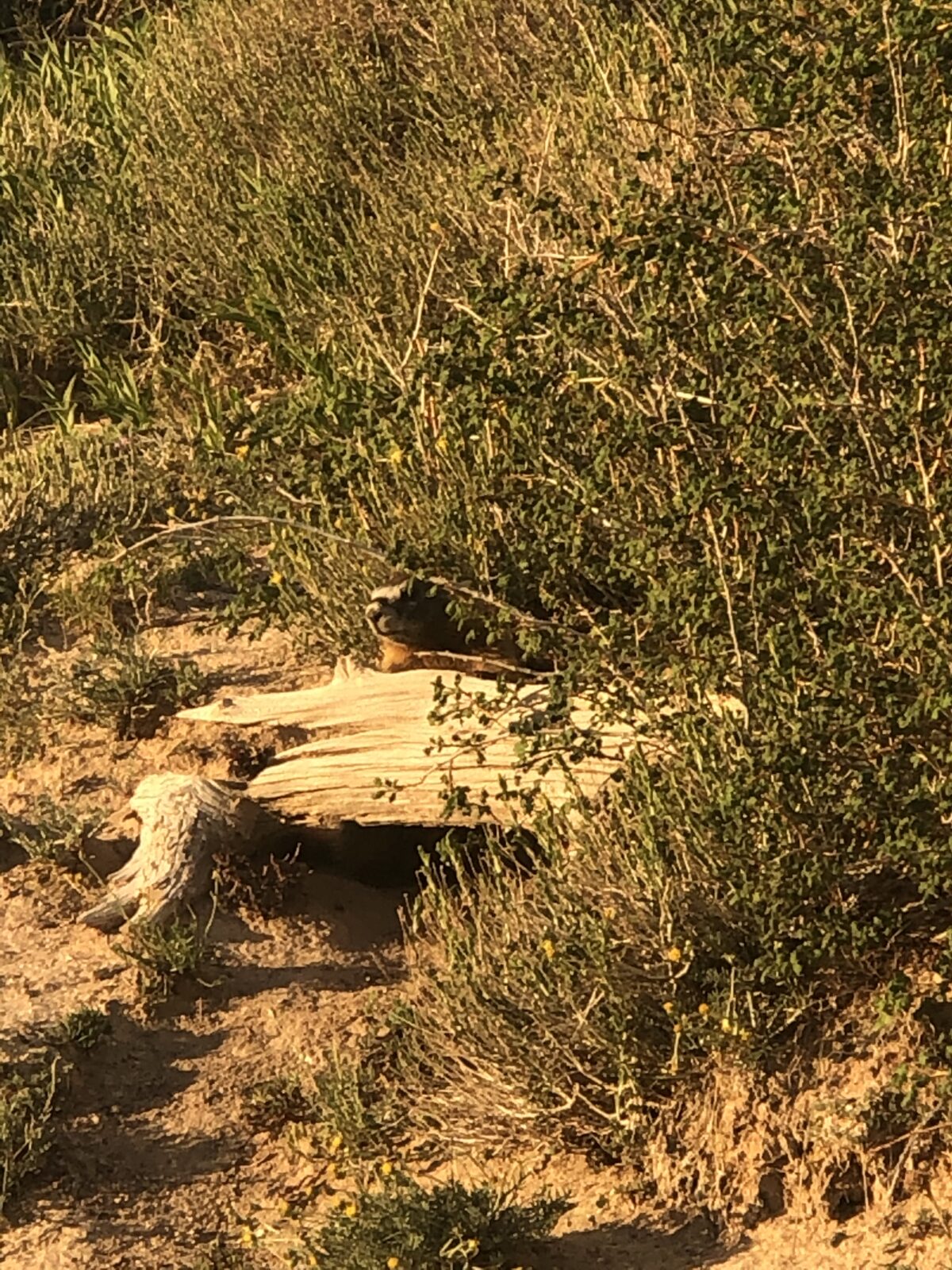
Rattlesnake Creek Trail
This visit we got out on Rattlesnake Creek Trail. This one starts just outside the national monument on highway 143 near the ski town of Brian Head. The trail begins in Dixie National Forest and weaves in and out of the national monument through a very healthy forest. In fact, we met a student from Utah State University who is part of a research group studying the forest in this area. They have tagged 35,000 trees in their research plot and each year visit, taking notes of what has grown and what has died. They commented that this was one of the most successful areas for bristlecone pine trees. There are many new young trees.
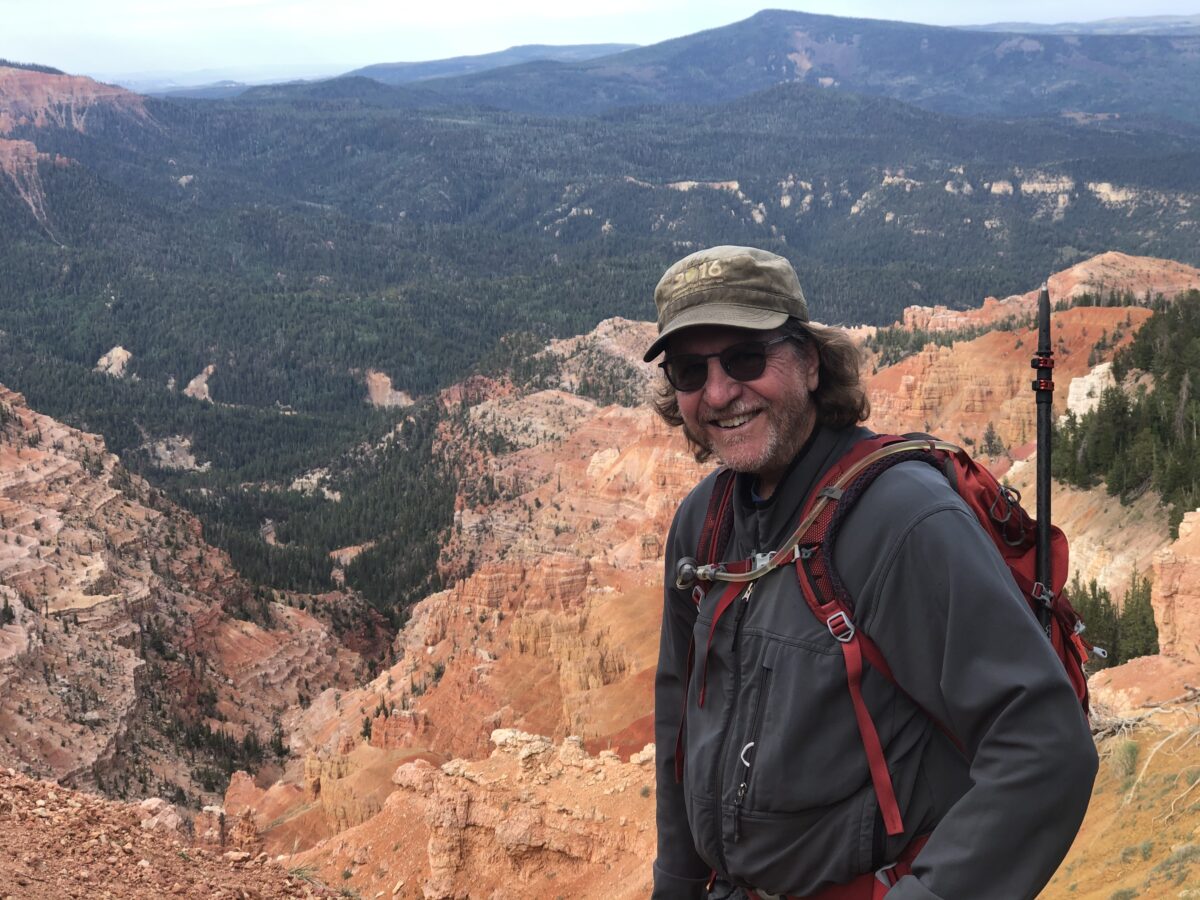
It was somewhat sad, but interesting, to see all the graffiti on the aspens. They study these as well because often carving into the tree causes it to die. One sad guy had carved his name on at least 20 trees, and it seemed that he went back each year and carved the date below. What a terrible thing to do to a tree.
Brian Head Observation Point
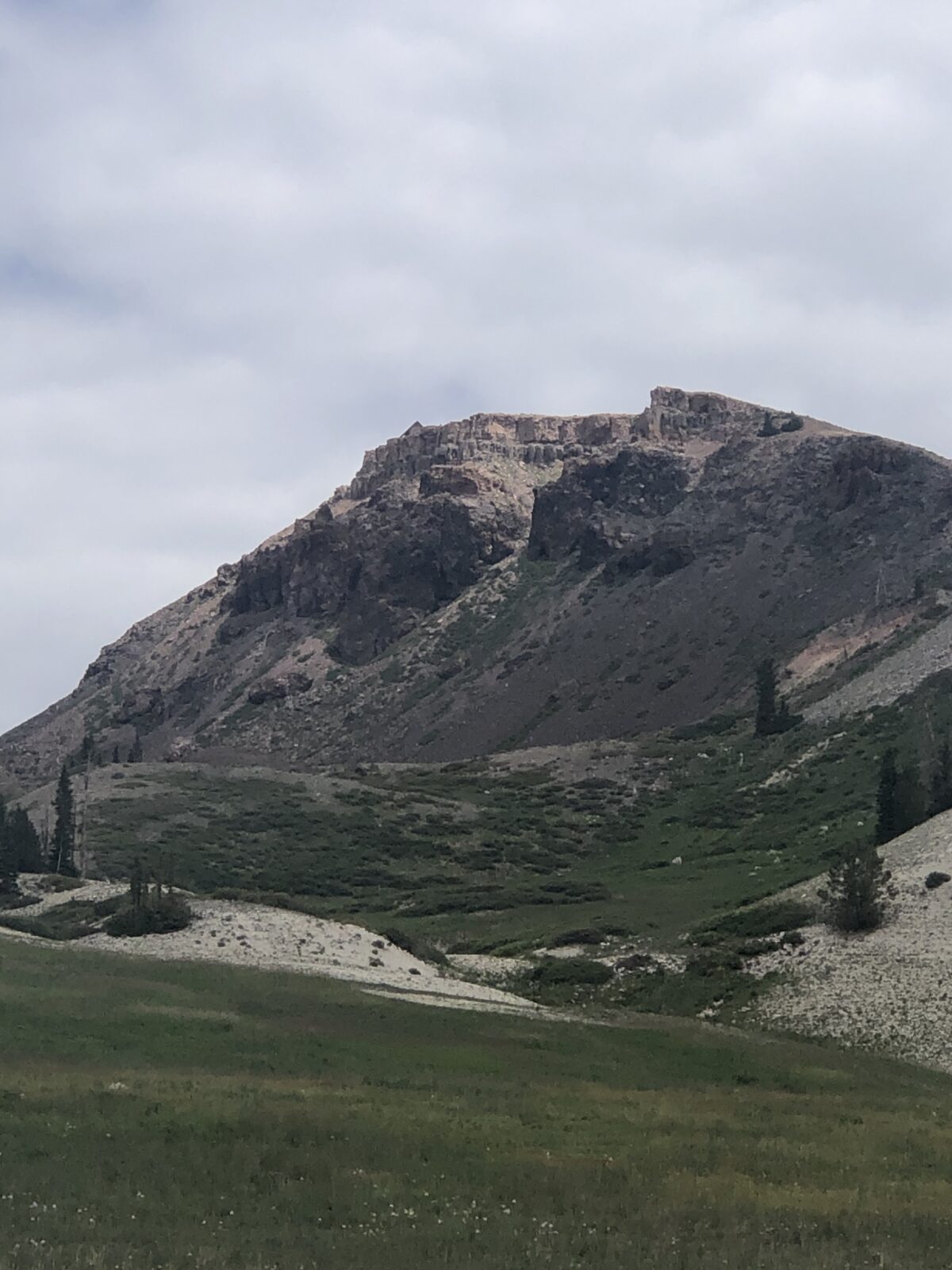
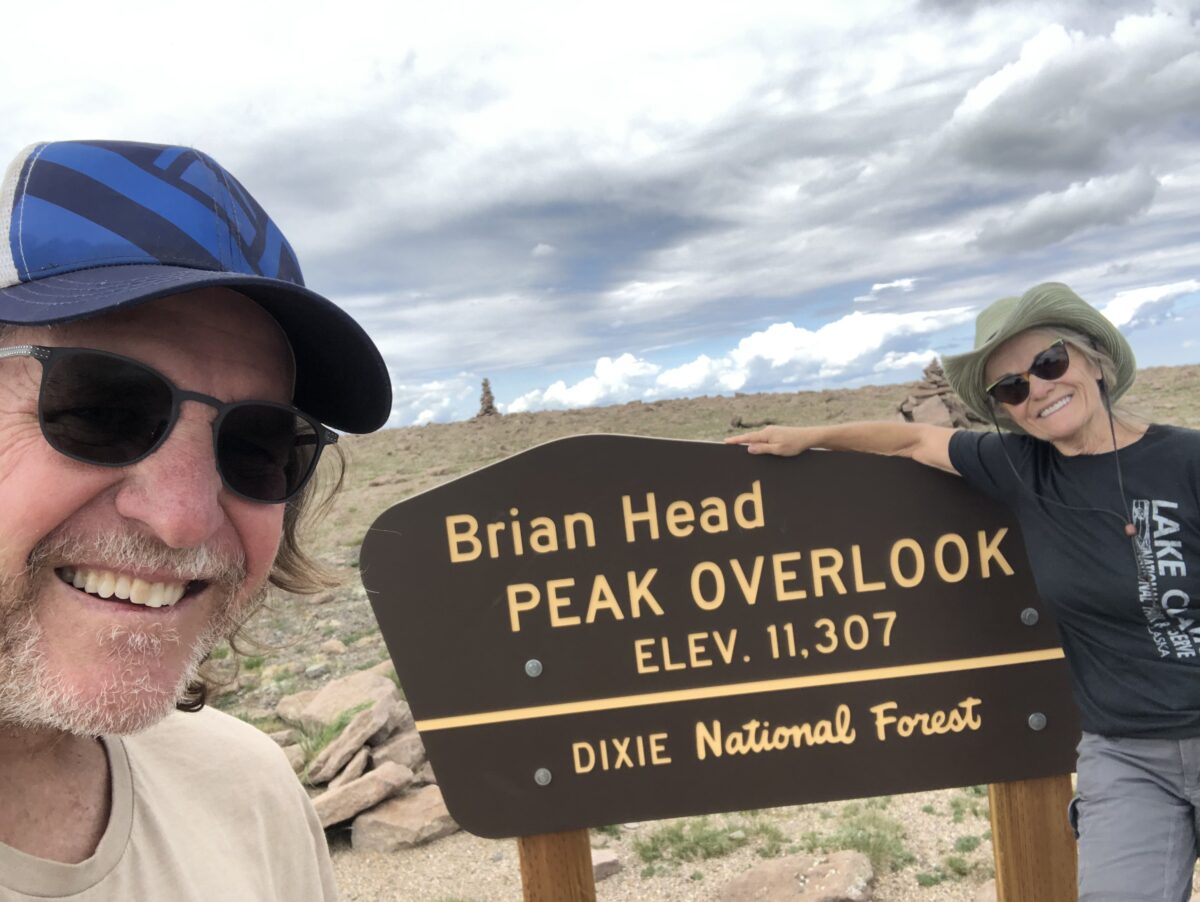
Right near the Rattlesnake trailhead is a gravel forest service road that goes to the top of Brian Head.
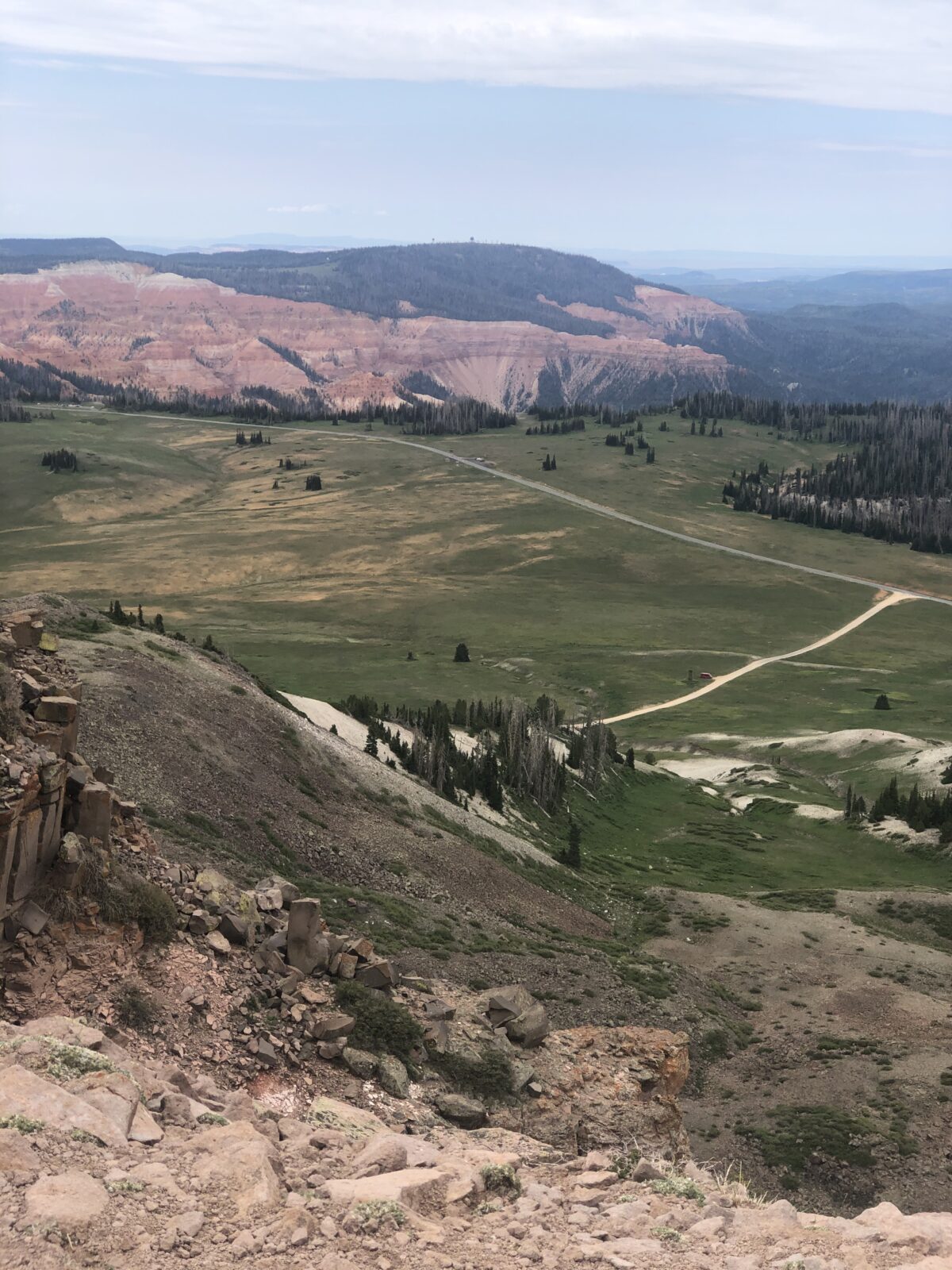
There is an observation point built by the CCC at the top – 11,307 feet. Most vehicles can drive. We chose to walk. It is only 3 miles to the top, 892 feet climbing and very scenic. At the top we were treated not only to gorgeous views, but also got to see marmots and the elusive pica.
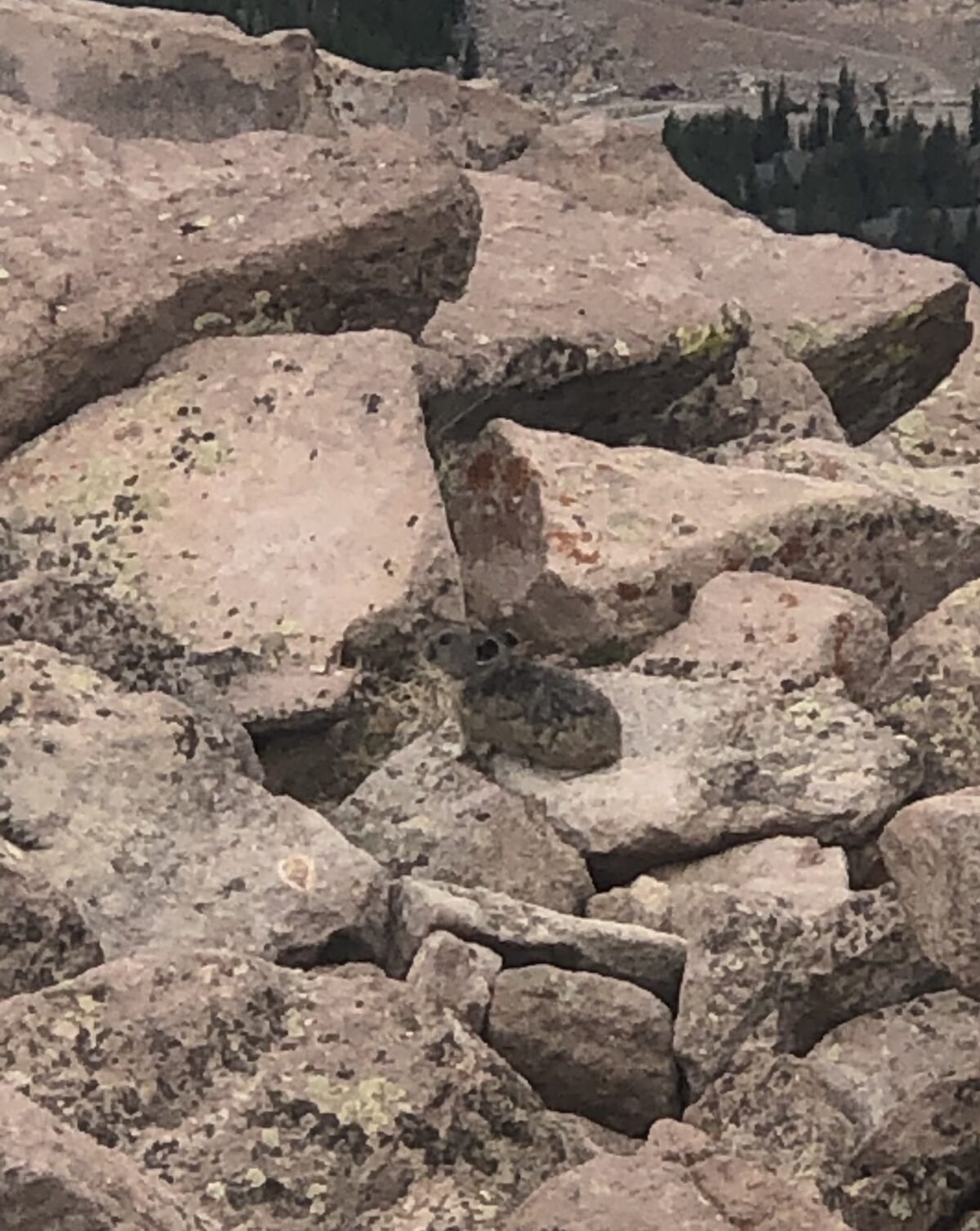
Cedar Breaks is a great summer destination. Only 50 miles from Zion, you can be guaranteed at least 20 degrees cooler!!! We will certainly be back!
Need Help Planning Your Visits?
If you would like to explore this or other National Park Units, but need a bit help in the planning, please give us a call at (480) 609-3978. We are happy to offer customized trip planning.
#FindYourPark
#SeeAmericaFirst
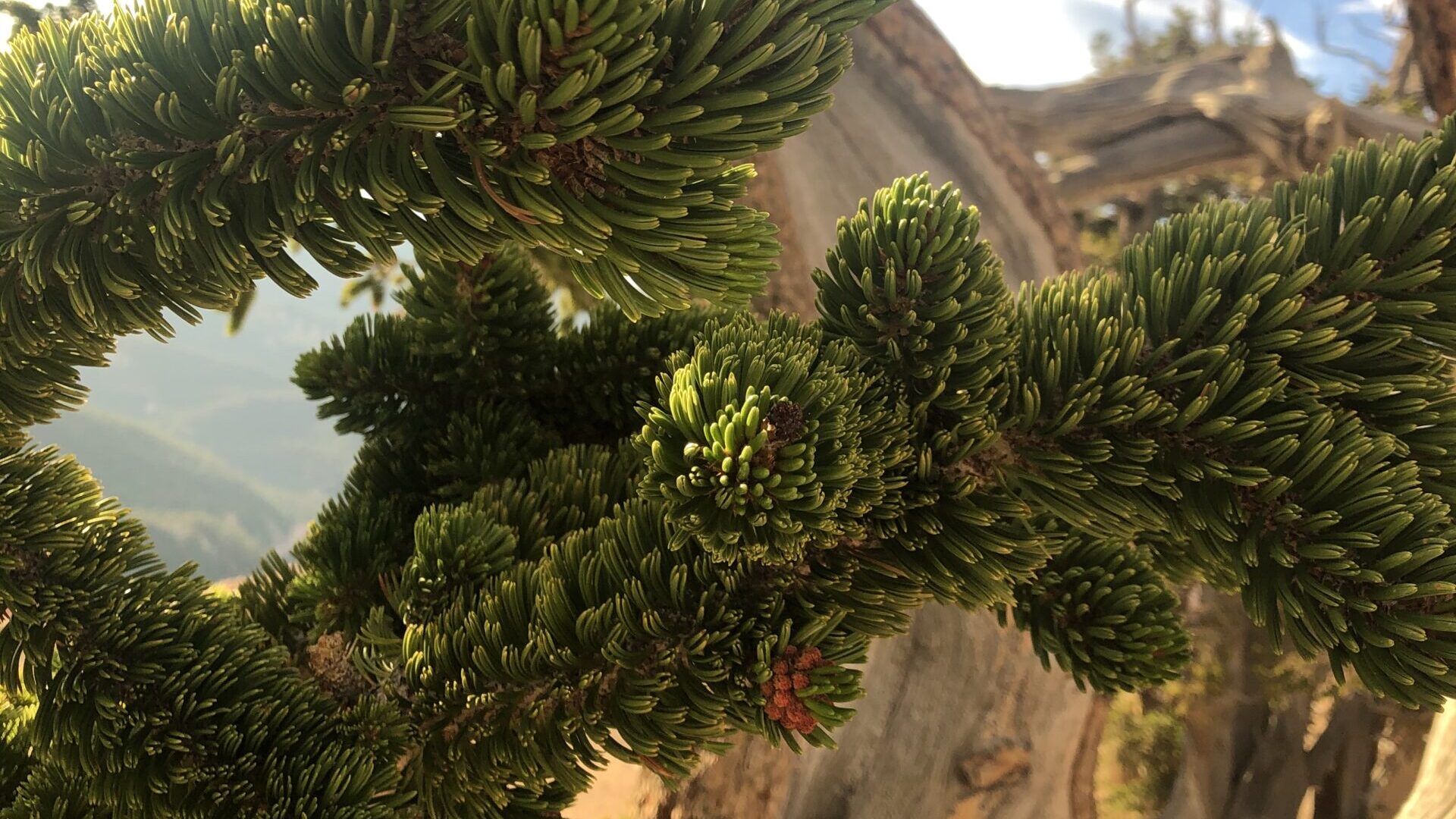
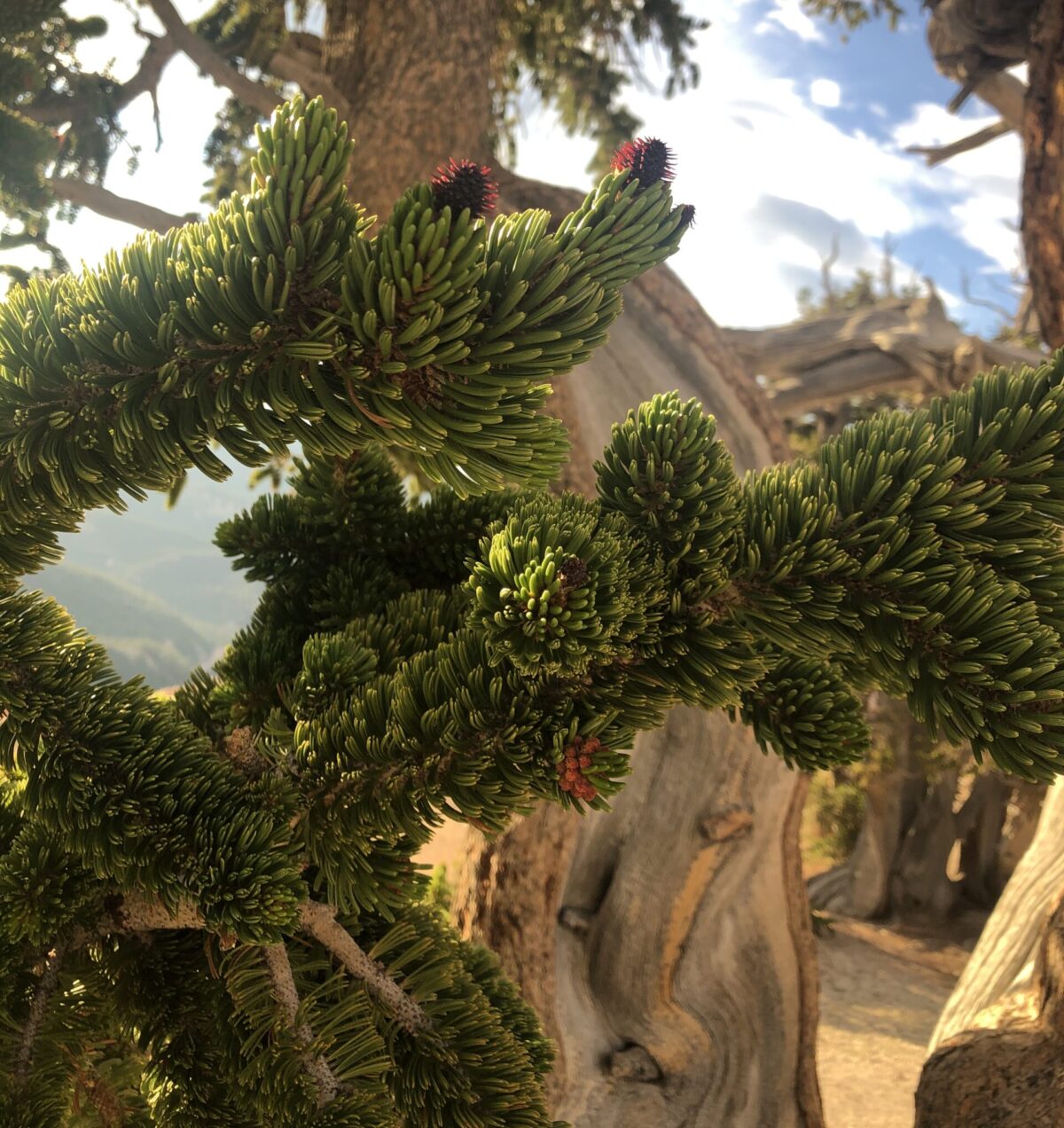
1 thought on “Returning to Cedar Breaks National Monument”
Comments are closed.